[Ebook Việt Hóa] New Plant Parent - Darryl Cheng, Chi Pachira - Chi Thắt Bím
[Ebook Việt Hoá] New Plant Parent (Darryl Cheng) – Phần 02 – Money Tree (Pachira aquatica)
- Nguồn: [Ebook] New Plant Parent: Develop Your Green Thumb and Care for Your House-Plant Family – Darryl Cheng
- Biên tập: Dũng Cá Xinh (Tháng 01/2022)
- Dịch: Team Codai.net
English
Money Tree
A money tree (Pachira aquatica) is typically raised by braiding four young stems together. This is done primarily because one stem would look rather sparse, with just three or four leaf groupings. When four stems are grouped together, the overall plant has a fuller, treelike appearance
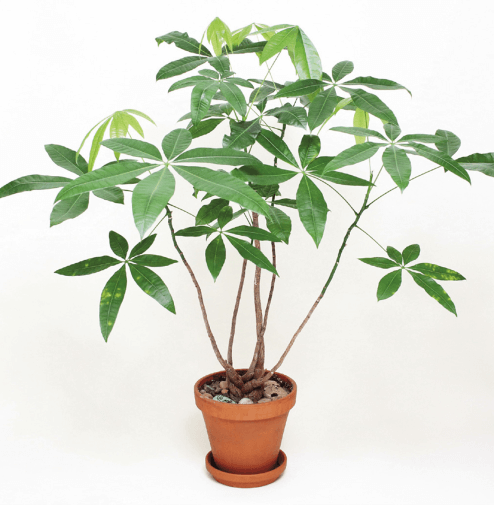
Survival strategy
If you put your newly purchased money tree in a place that gets less than 100 foot-candles, don’t expect much new growth, and do expect most of the lower leaves to fall off until you’re left with a rather sparse-looking plant. Each stem of the money tree will only hold on to as many leaf groups as the light can provide for. Let the soil become completely dry, aerate it gently, then water. If you don’t mind the sparseness, the money tree will survive in low light.
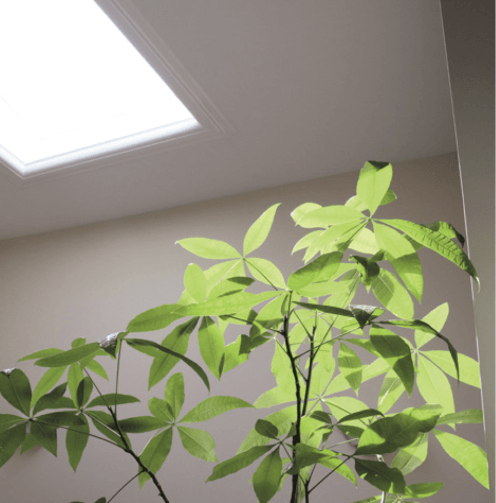 Growth strategy
Growth strategy
At 200 foot-candles or more, you’ll see growth. Some direct sun is also fine.
Soil management
Money trees seem quite tolerant of all sorts of soil moisture levels, so the least effort would be to water whenever the soil is completely dry. Probe the soil to check the dryness, which will also aerate the roots. You can fertilize as directed whenever you notice new growth occurring.
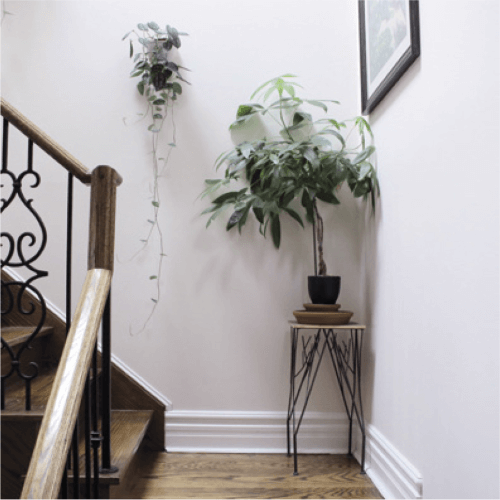 Subjective life span
Subjective life span
Money-tree stems will just keep getting taller. The lowest leaves will always drop off as new ones come in. If you keep the overall plant healthy—getting the right light and watering accordingly—then you can prune back the stems, even to the point of a stump with no leaves, and it will continue to grow. Money trees are also tolerant of very small pots, but they tend to become top-heavy, so you might want to repot as yours gets large. If you keep it in the same pot, it’s a good idea to refresh the soil each year, but you could probably push it to every two years. A money tree can last for many years!
Managing a Money Tree into Maturity
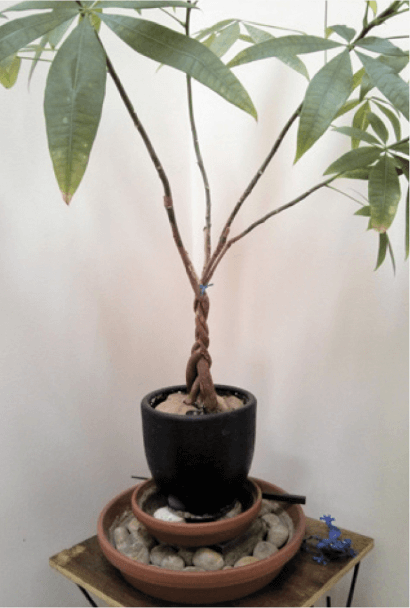
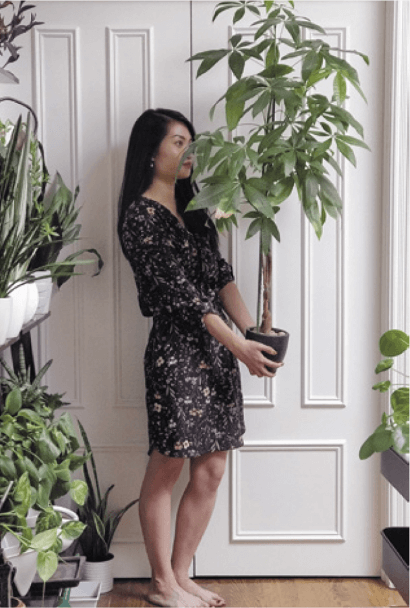
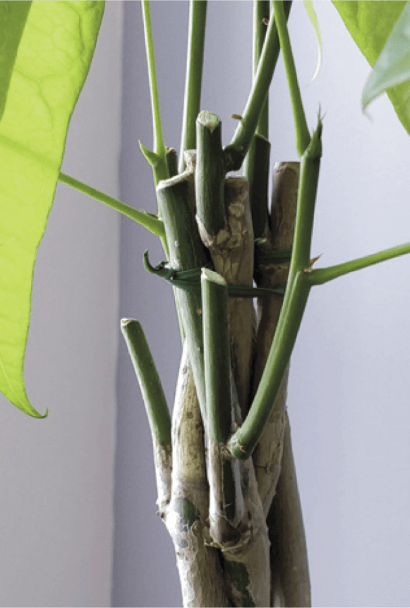
Observations of Money Tree Parenthood
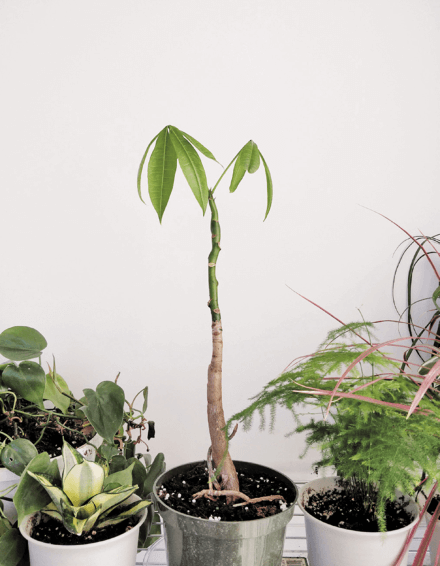
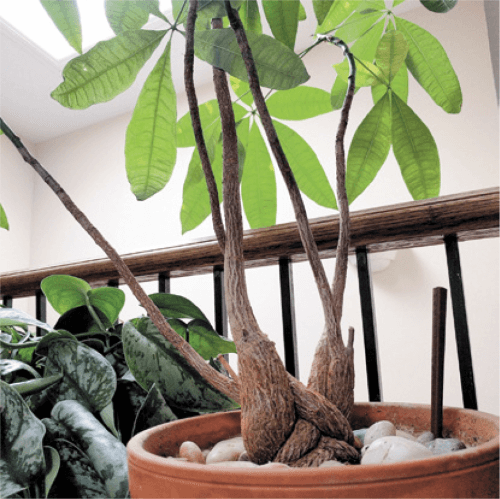
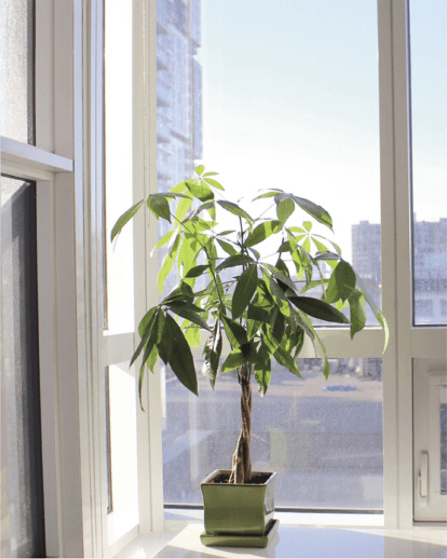
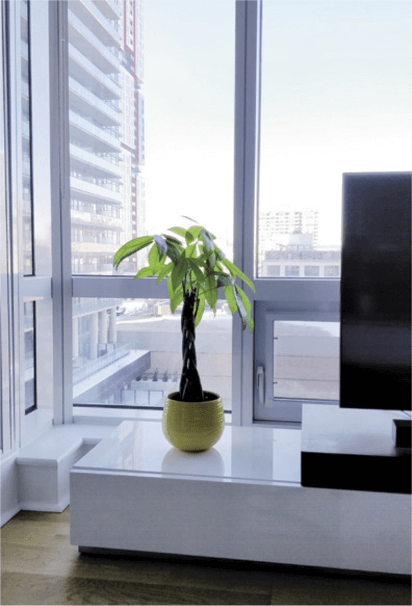
Tiếng Việt
Đang cập nhật



